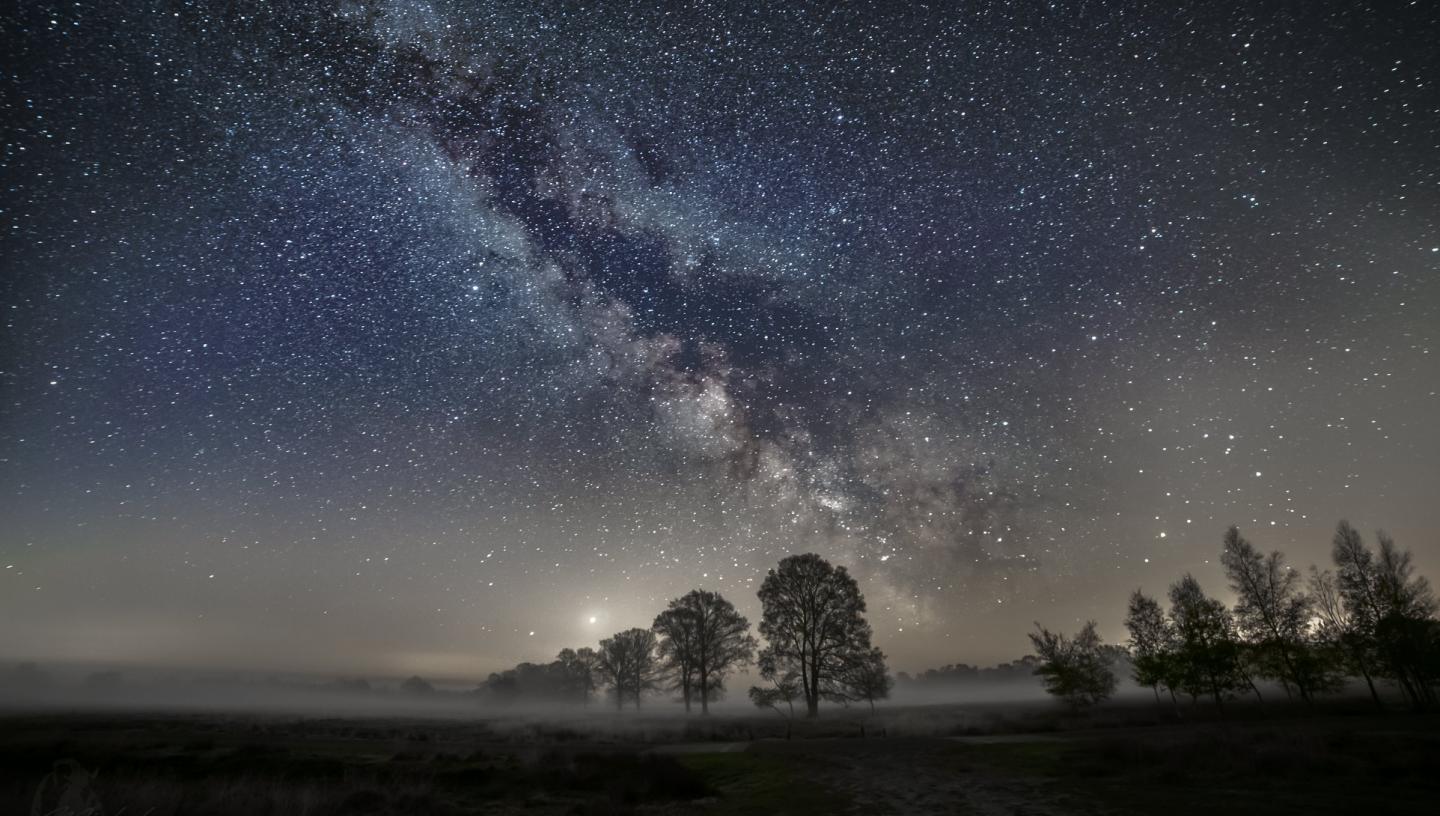
Discover what to see in the night sky during June 2020, including the planet Mercury.
(Details given are for London and may vary for other parts of the UK)
Top 3 things to see in the night sky in June:
- Throughout the month: Spot the scorpion in the south.
- 4 June: Look towards the west to see the planet Mercury.
- 5 June: It's the strawberry full moon.
Look Up! Podcast
Subscribe and listen to the Royal Observatory Greenwich's podcast - Look Up! As well as taking you through what to see in the night sky each month, Royal Observatory Greenwich astronomers pick a topic to talk about. For June they're answering the question 'Which came first - galaxies or the supermassive black holes that lurk at their centres?'. Have a listen below, then cast your vote on our Twitter poll (@ROGAstronomers) during the first week of the month.
Our podcast is available on iTunes and SoundCloud
Astronomy in June 2020: key events and what to see
As we welcome the return of warmer weather and long summer days, stargazing becomes a bit more challenging. The Sun only just drops below our horizon at night which means that of the few night time hours available for stargazing, most of them are in twilight. Although this makes observing fainter objects all the more difficult, there are still a number of things up in the sky this month for stargazers to enjoy.
Throughout the month: the scorpion and dragon

Scorpius is one of the few constellations in the night sky that resembles its namesake.
Although the tail of the scorpion is hidden from view at our latitude, there’s still plenty left of the scorpion for us to look at. If you have a clear view towards the south, look in that direction and you’ll spot the scorpion.
Search for the red coloured star Antares, the brightest star in Scorpius, and the star that marks the heart of the Scorpion.
Because of its red colour, Antares is often confused with the planet Mars. In fact, the name Antares roughly translates as “anti-Ares” or “rival of Mars”.
Grab a pair of binoculars, or a telescope, and look to the right of Antares and you’ll see the globular cluster M4. This star cluster is home to over 100,000 stars and some of these stars are between 12 to 13 billion years old.
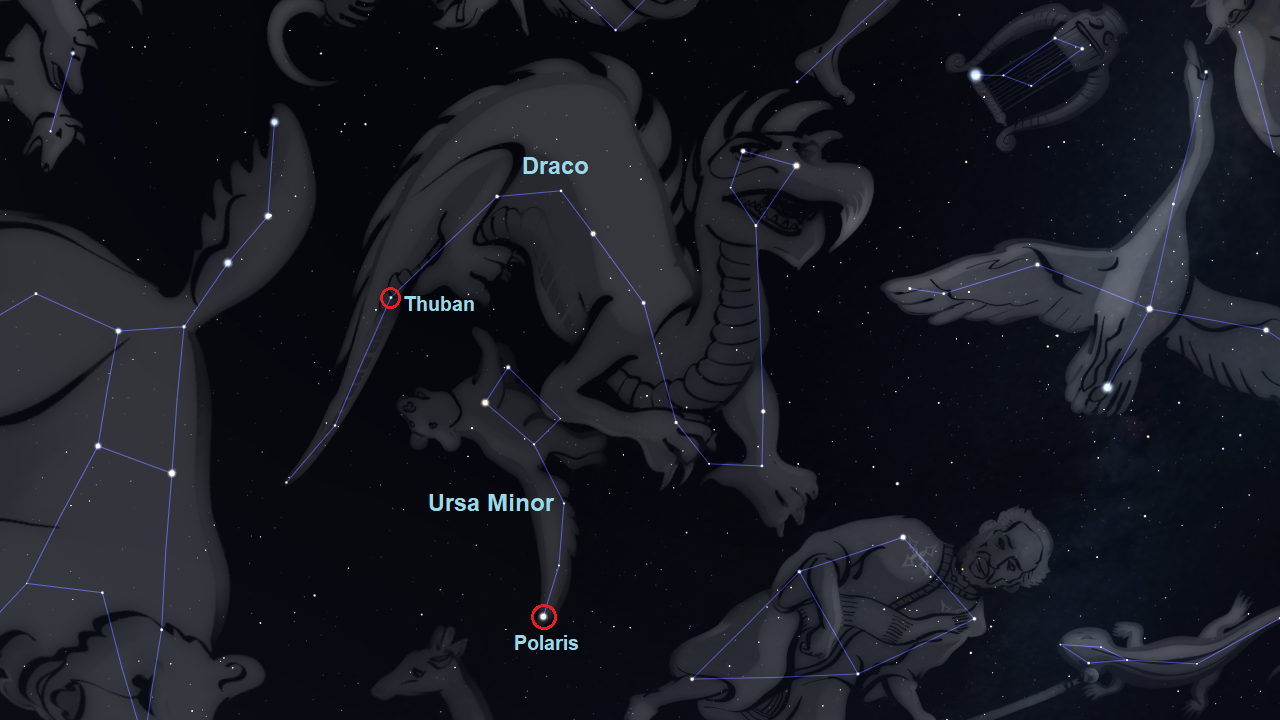
Winding its way around the constellation of Ursa Minor is the constellation of Draco the Dragon.
Thousands of years ago, if you wanted to use the stars to find north, you would have used the brightest star in Draco, a star called Thuban, rather than Polaris, a star in Ursa Minor, and the star we use today.
Our Earth spins on its axis and that axis is tilted by an angle of 23.5 degrees to the ecliptic. If you follow this axis from the Northern Hemisphere up into the sky, it currently points towards Polaris. Due to a 25,800-year wobble of the Earth’s axis, known as precession, the position where the axis points to in space is constantly changing and thousands of years ago, it pointed to Thuban.
This precession means that Polaris will not always be the Pole Star and around 12,000 years from now, the star Vega in the constellation of Lyra will be the Pole Star.
4 June: the planet Mercury
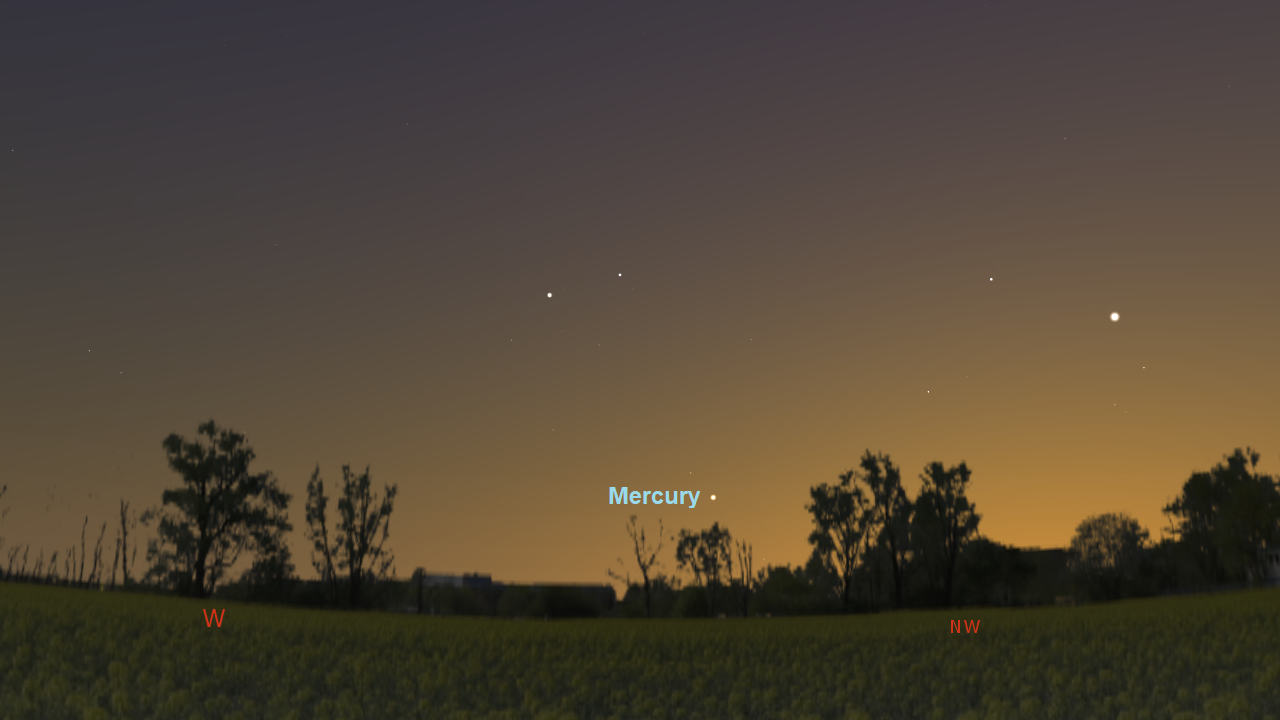
After dominating the western sky for a couple of months, Venus reaches inferior conjunction on 3 June and the planet will lie between the Earth and the Sun.
But don’t worry, Venus won’t be gone from our skies for too long. From mid-June, Venus will return to the dawn sky and will be visible before the Sun rises.
On 4 June, the planet Mercury reaches greatest eastern elongation which means that from our point of view on the Earth, Mercury appears at its furthest point east of the Sun in its orbit.
Being the innermost planet, Mercury is often lost in the glare of the Sun, so this is the best time to see the planet. Look towards the western horizon just after sunset – Mercury will lie low above the horizon so will still be a challenge to spot.
For stargazers up in the early hours of the morning, look towards the South to see the planetary trio of Mars, Saturn and Jupiter.
5 June: the strawberry full moon
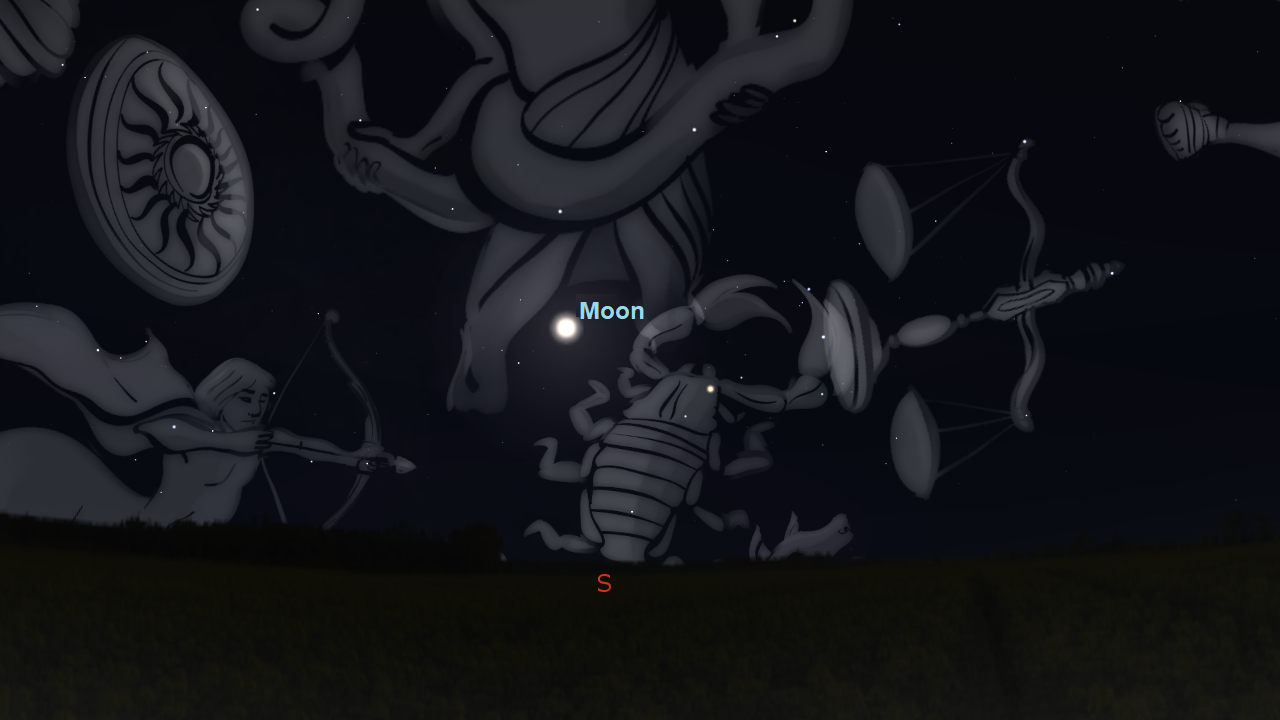
The Moon begins this month in its waxing gibbous phase with full moon occurring on 5 June.
Each month’s full moon has a name and many of the names of the full moons have come to us from Native American culture. The June full moon is known as the strawberry moon because the appearance of the full moon in June was a signal to tribes to begin harvesting the ripening fruit of wild strawberries.
New moon occurs on 21 June and if you have a pair of binoculars or a telescope and want to see some of the breath-taking features of the lunar surface, wait for a few days after new moon and look at the waxing crescent moon.
If you aim your view at the terminator, the dividing line between day and night on the Moon, you’ll be able to see shadows falling inside lunar craters.
20 June: the summer solstice
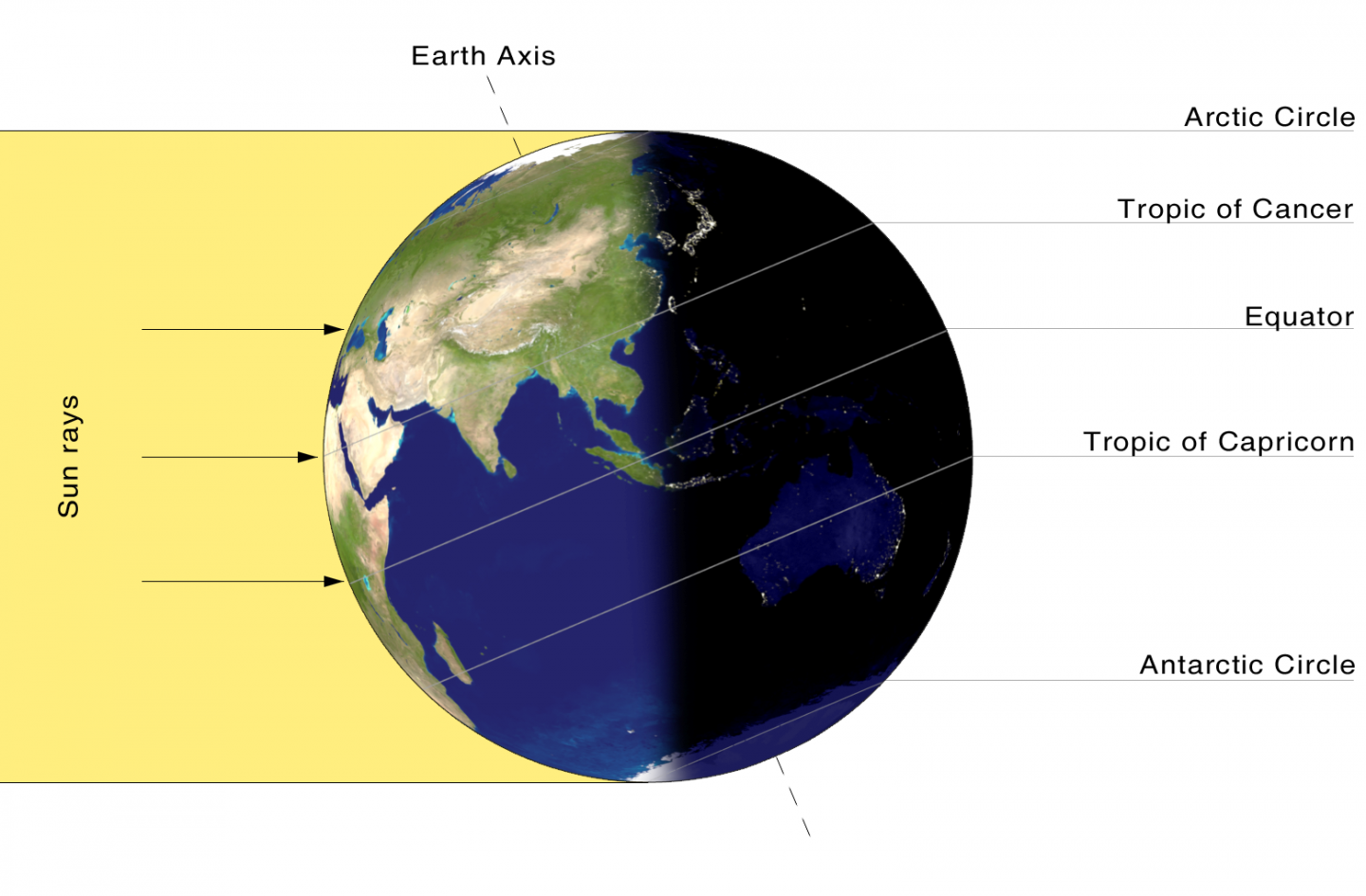
The Sun reaches its most northerly point on its path through the sky on 20 June.
Known as the summer solstice, it is the day in the year with the longest hours of daylight and shortest hours of night and also marks the beginning, rather than the midpoint, of summer according to the astronomical calendar.
When the Northern Hemisphere is tilted towards the Sun, it receives more direct sunlight and for a longer portion of the day, resulting in an increase in temperature. However, the atmosphere and, more importantly, the oceans take time to heat up.
This results in a considerable lag between the summer solstice and the peak of the warm weather. This is why the summer solstice is considered to be the start of summer with June, July and August the “summer months”.
The Moon's phases this month
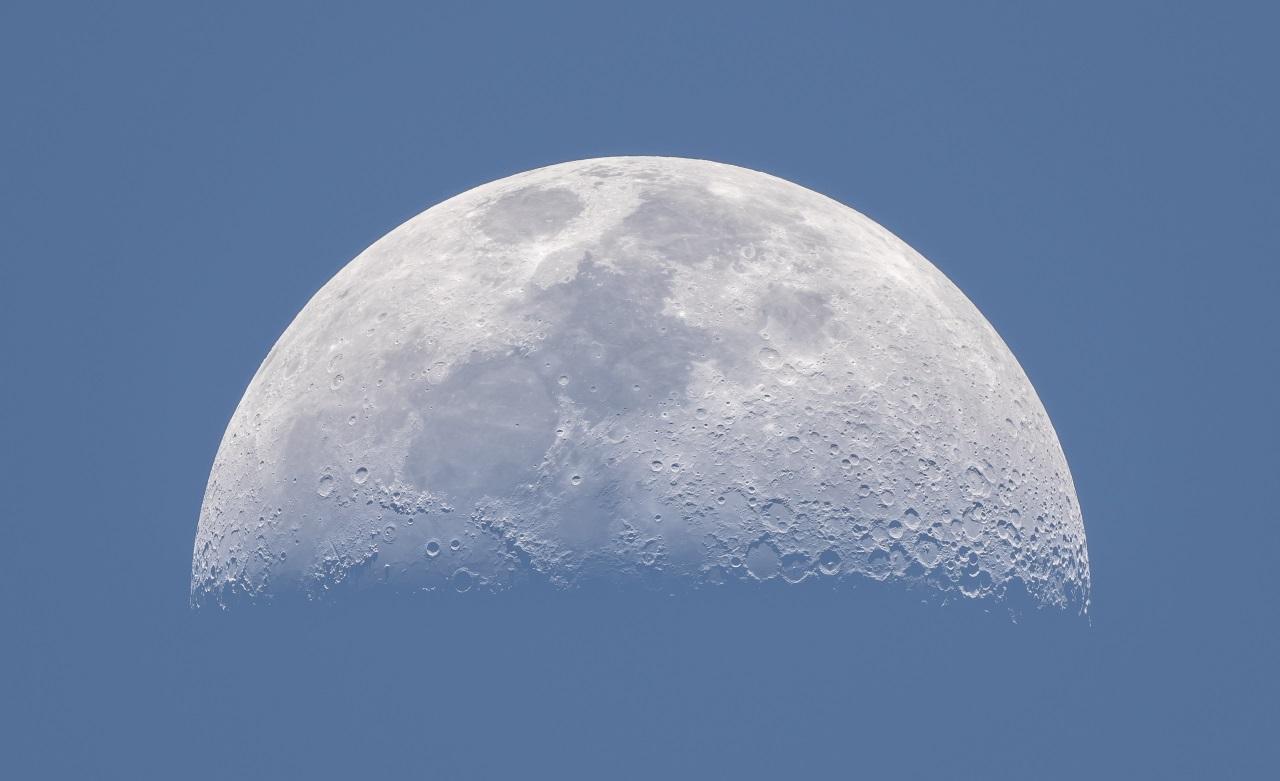
- 5 June: full moon (8:12pm)
- 13 June: last quarter moon (7:24am)
- 21 June: new moon (7:42am)
- 28 June: first quarter moon (9:16am)
Stargazing Tips
- When looking at faint objects such as stars, nebulae, the Milky Way and other galaxies it is important to allow your eyes to adapt to the dark – so that you can achieve better night vision.
- Allow 15 minutes for your eyes to become sensitive in the dark and remember not to look at your mobile phone or any other bright device when stargazing.
- If you're using a star app on your phone, switch on the red night vision mode.
- Need a stargazing telescope or binoculars? Check out our range of high quality observing equipment recommended by Royal Observatory Greenwich astronomers.
Share your astronomy pictures
Congratulations to Michel Speelman for the stunning image of the night sky. Michel shared the image on our astrophotography Facebook page and we chose it for June's banner image.
Would you like the chance to have your image of the night sky used for our banner image? If so, share your photos via our Royal Observatory Astrophotography Facebook group
You can also connect with us on Twitter: @ROGAstronomers
Observatory Online
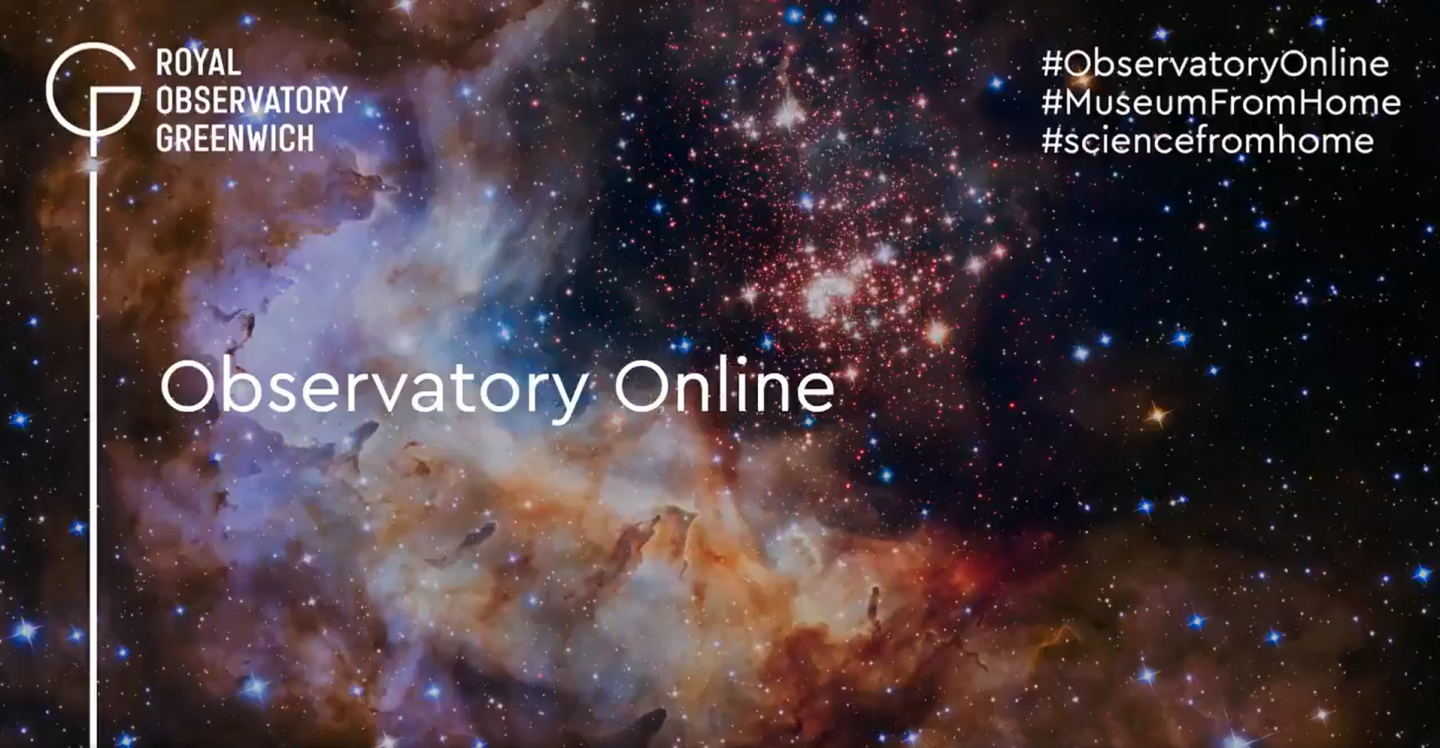
The museum may be closed but our Royal Observatory Greenwich astronomers are still hard at work. In our new Observatory Online sessions, we will answer your questions about Astronomy. Simply tweet your question to our twitter account, @ROGAstronomers, and we will do our best to answer them. Be sure to add #ObservatoryOnline, #Museumfromhome and #sciencefromhome to your tweet!
Resources for teachers and students
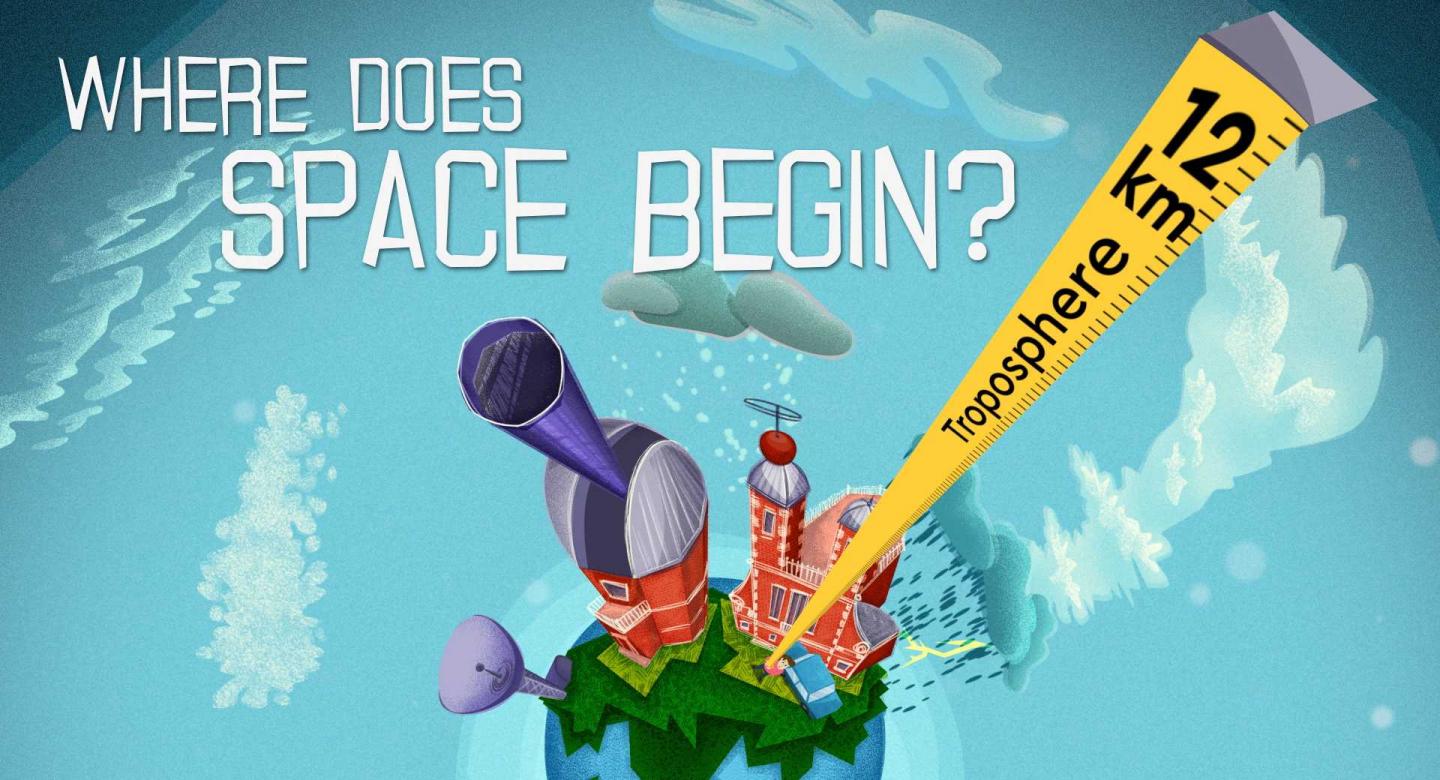
The Royal Observatory Greenwich's learning team has also created
- Free animated videos that answer the biggest questions in astronomy and free resources to go alongside them.
- A whole host of podcasts featuring interviews with real space scientists, astronauts and active researchers working in UK universities.
- A 'Learning at home' hub which contains a suite of resources for you to use at home and it even has an 'Ask the Astronomer' facility